(QBĐT) - With great contributions in the process of reclaiming and establishing the ancient Le Son village, Van Hoa commune (Tuyen Hoa) today, recently, the tomb and temple of Le Van Hanh were honored to be ranked as a provincial historical relic.
According to the Le family genealogy of Le Son village, Mr. Le Van Hanh was born in Yen Mo Thuong village, Yen Mo commune, Yen Mo district, Thanh Hoa outlying town, now Yen Mac commune, Yen Mo district, Ninh Binh province.
At the end of 1470, he assisted King Le Thanh Tong in personally expanding the territory to the South. On the way back to the North, reaching the mouth of Linh Giang River (Gianh River), looking up to the West, in the distance he saw a limestone mountain similar to Len Bang in his hometown, he took his boat upstream to survey. With the perspective of a person knowledgeable in feng shui, realizing that Con Vang (the Nom name of the ancient Le Son land) was truly a place of "strange mountains and beautiful waters", converging favorable factors for establishing a career, he decided to come here to cultivate and establish a village, making it a permanent place for his descendants.
At this time, the Later Le Dynasty had a policy of recruiting people to reclaim wasteland in the South. He returned to his hometown to mobilize his descendants, relatives and disciples to recruit more people to Con Vang to open up new fields and establish villages. On the way to Bo Chinh, he also recruited many more people from Ninh Binh and some neighboring localities such as Thanh Hoa, Nghe An, Ha Tinh . Later, he became the ancestors of the Bui, Nguyen, and Tran families of Le Son village. In the Yen Mo Son Xuyen Nhan Vat Bi Ky , or Stele recording the mountains and rivers and characters of Yen Mo land, compiled by Pham Than Duat in the year Quy Dau, the 26th year of Tu Duc (1873), there is a passage "Duy Le clan migrated to Quang Binh , Le Son Thuong Xa This Giai Kha Ky Da" [1], meaning that the Le clan migrated to Le Son Thuong Commune in Quang Binh. That can also be recorded.
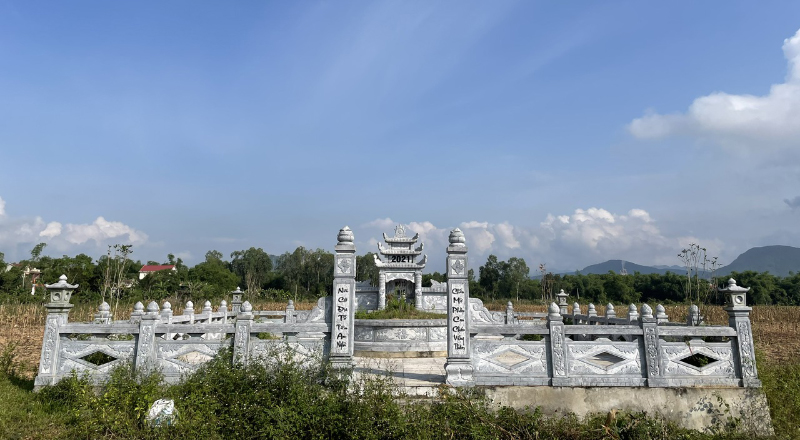 |
With the viewpoint of “using agriculture as the foundation”, he focused on reclaiming land, building dams to retain water, and building embankments for fields. He especially valued the construction of gardens, with the concept of “one mau trach equals a hundred mau dien” (one mau of garden land equals a hundred mau of rice fields), considering it the main source of income in people’s lives. After 10 years of reclaiming mountains, breaking rocks, and building villages and fields, in 1481, he submitted a petition to the court to establish villages and communes. The Le Dynasty sent the Cai Tri Chau Bo Chinh, Nguyen Huy Tuong, and a surveying delegation to Con Vang to measure the land, establish land registers, population registers, and name the commune. He and Nguyen Huy Tuong named Con Vang Le Son, meaning the shape of a lychee mountain.
After completing the village establishment, he went to Trai Coi (now Quang Tien commune, Ba Don town) to invite Mr. Tran Canh Huong to Le Son to open a school for his children. He had seven sons and one daughter. When he was old, he lived with his youngest son, Le Thuan Phac, in Xuan Tong village, Le Son Thuong commune. His youngest daughter, Le Thi Nai, was beautiful and intelligent, so the Cai Tri Chau Bo Chinh Lang Dong Hau Nguyen Huy Tuong fell in love with her and they got married. With his great contributions to his homeland, he was honored by the villagers as the village's lucky god. He was honored as the ancestor of the Le family and deserved to be posthumously honored as the village's tutelary god of Le Son village. However, before he died, he made a will to nominate his son-in-law as the tutelary god, because he had contributed a lot with him in the establishment of the village. Therefore, after his death, Cai tri Chau Bo Chinh Lang Dong Hau Nguyen Huy Tuong was honored as the village's tutelary god and the Nguyen Dynasty bestowed the title of the village's tutelary god of Le Son village. The touching story that is rare in the past and present is that the father-in-law recommended his son-in-law to replace him as the village's tutelary god of Le Son village, which has become a beautiful custom that is always praised by people.
After his death, his descendants chose one of the most beautiful locations in the Le Son area for burial, which is the ancestral tomb, now in Phuc Tu village. His tomb faces northwest, was originally built with earth, and was preserved by his descendants, so after hundreds of years the tomb is still intact. With such great contributions, he was granted the title "Khai canh lap ap, Duc bao trung hung linh phu chi than" by the Nguyen Dynasty. Later, he continued to be promoted to the rank of "Doan tuc ton than", and a temple was built in Cay Troi and land was granted to take the profits for annual offerings. The Nguyen Dynasty granted him the title "Tien khai canh lang Le Son" [2].
In 2021, the clan restored his tomb, including items such as the tomb, the shrine, and the fence built entirely of Ninh Binh gray stone, his hometown. His tomb is square, each side is 10m long. According to the family genealogy, his temple was built in 1934 in Cay Troi field, facing south. His temple is often called "Le family temple below". The project is designed in traditional architecture, including items such as gate, surrounding wall, screen, yard, worshiping house, dragon pavilion, back porch, left and right porch... This is the Nguyen Dynasty architectural style such as traditional temples and shrines commonly found in the northern region of Quang Binh. The temple complex is not too large in scale but is arranged symmetrically, airy, exuding an ancient and solemn look.
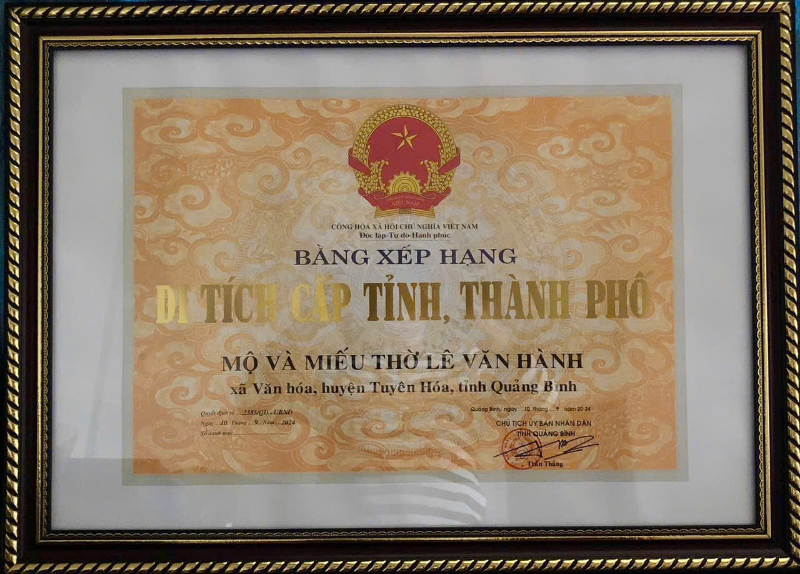 |
Currently, the descendants of the family still preserve some valuable historical artifacts such as a large stone incense burner, 8 small ceramic incense burners, a flag of the founding of the Le family given by King Bao Dai in 1940, 8 royal decrees and 18 edicts of the dynasties of Minh Mang, Thieu Tri, and Tu Duc awarded to Governor Le Duy Di, a descendant of the Le family. Due to the harsh nature and changes of history, especially the two wars, the royal decrees given to him by the dynasties were all lost, the flag of the founding of the Le family was rotten and torn in many places, some royal decrees and edicts were damaged and no longer intact.
Under the Nguyen Dynasty, Le Son village had 26 bachelors and 70 bachelors[3]. From the beginning of the village's establishment until now, the descendants of Mr. Le Van Hanh have had 19 successive generations, contributing to the construction of the homeland and the country. Under the feudal regime, the Le family had 9 bachelors, of which 1 person passed the Huong Cong exam under the Later Le Dynasty, 8 people passed the bachelor exam under the Nguyen Dynasty. The descendants of the Le family in Le Son village were all respected by the dynasties, assigned to hold many important positions, and made many contributions to the country, such as: Governor Le Duy Di, District Chief Le Hue, Quang Nam Inspector Le Thoi Tap...
The tomb and temple of Le Van Hanh is a place to preserve historical and cultural values of a family with many outstanding figures recorded in history. Among them, Mr. Le Van Hanh is one of the people who made great contributions to the reclamation and establishment of the ancient village of Le Son. The relic is also a place to pay tribute to ancestors, a place to engrave and promote the spirit of diligence, hard work, studiousness, and hard work to become talented. That is a priceless source of spiritual encouragement for the descendants of the family today and tomorrow to strive to study, cultivate, train to establish themselves, build a career, and contribute to building the country.
In recognition of the contributions to the process of reclaiming and establishing Le Son village, on September 10, 2024, the Provincial People's Committee issued Decision No. 2585/QD-UBND to rank the tomb and temple of Le Van Hanh as a provincial historical relic. This is the honor and pride of generations of the Le family who have joined hands to build and glorify their homeland.
Trong Dai-Huu Danh
[1] Pham Dinh Nhan, Pham Than Duat complete works, Culture and Information Publishing House, Hanoi, 2000, p.522.
[2] Le Trong Dai, Tran Huu Danh, Geography of Le Son village, Thuan Hoa Publishing House, Hue, 2014, p.300.
[3] Provincial Party Committee - People's Council - People's Committee of Quang Binh province, History of Quang Binh ; Political-Administrative Publishing House, Hanoi, 2014, p. 417.
Source: https://www.baoquangbinh.vn/van-hoa/202411/le-van-hanh-tien-khai-canh-lang-le-son-2222292/


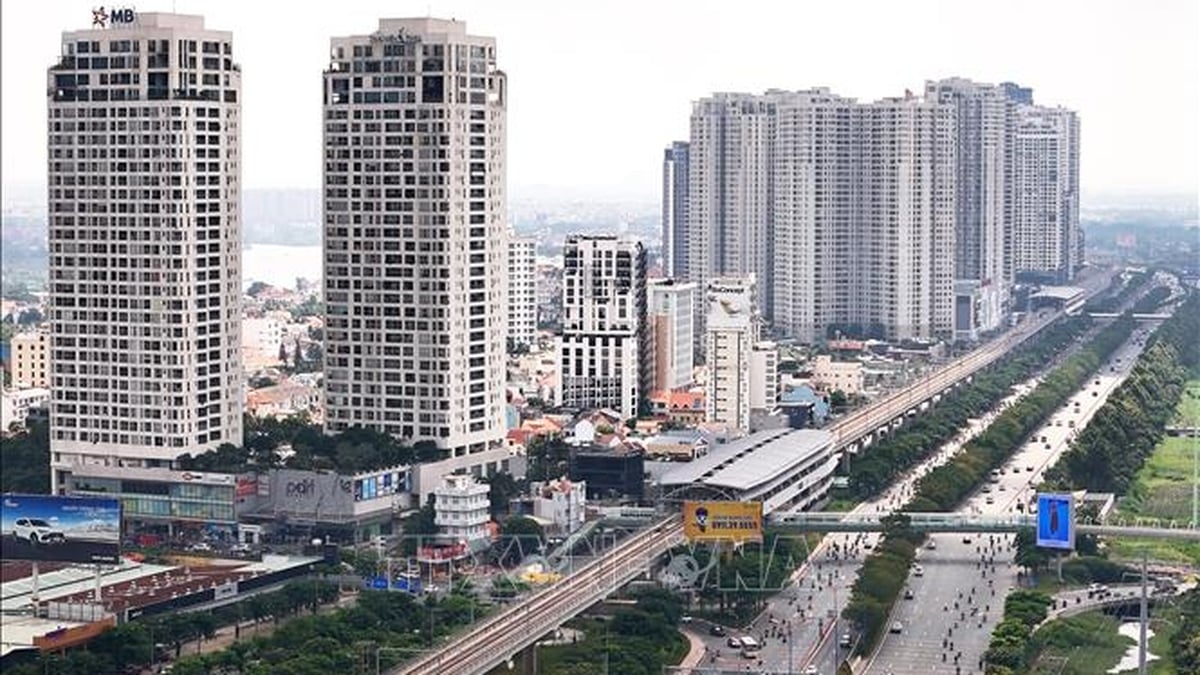
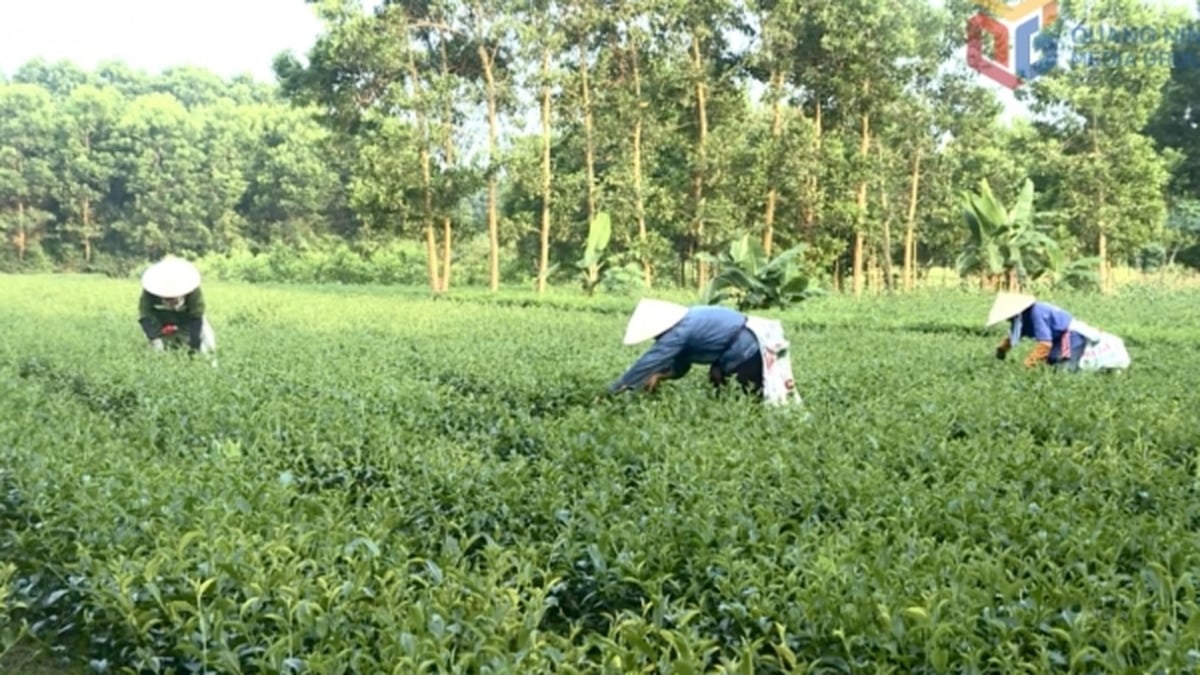
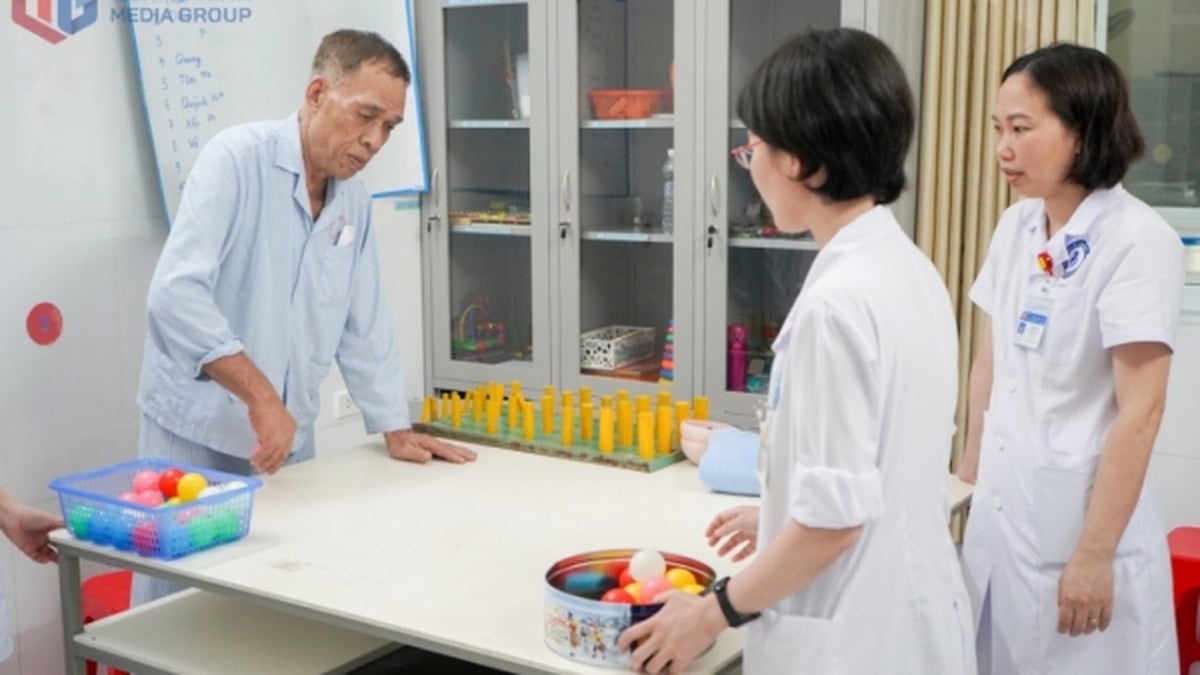
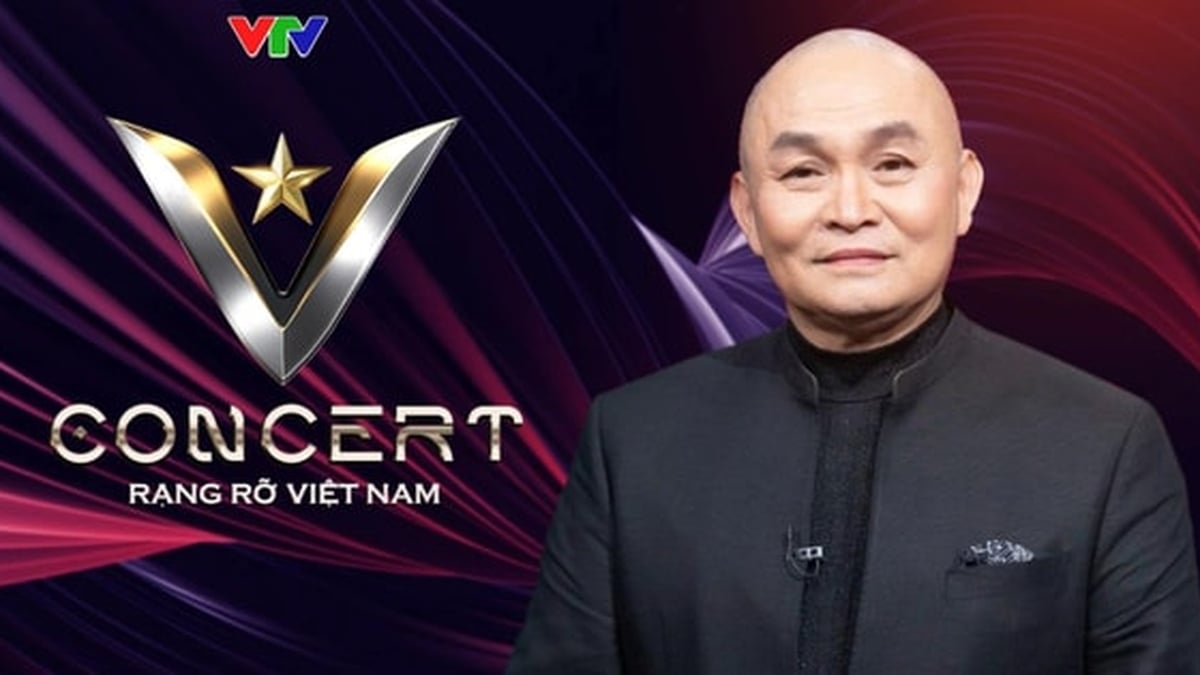
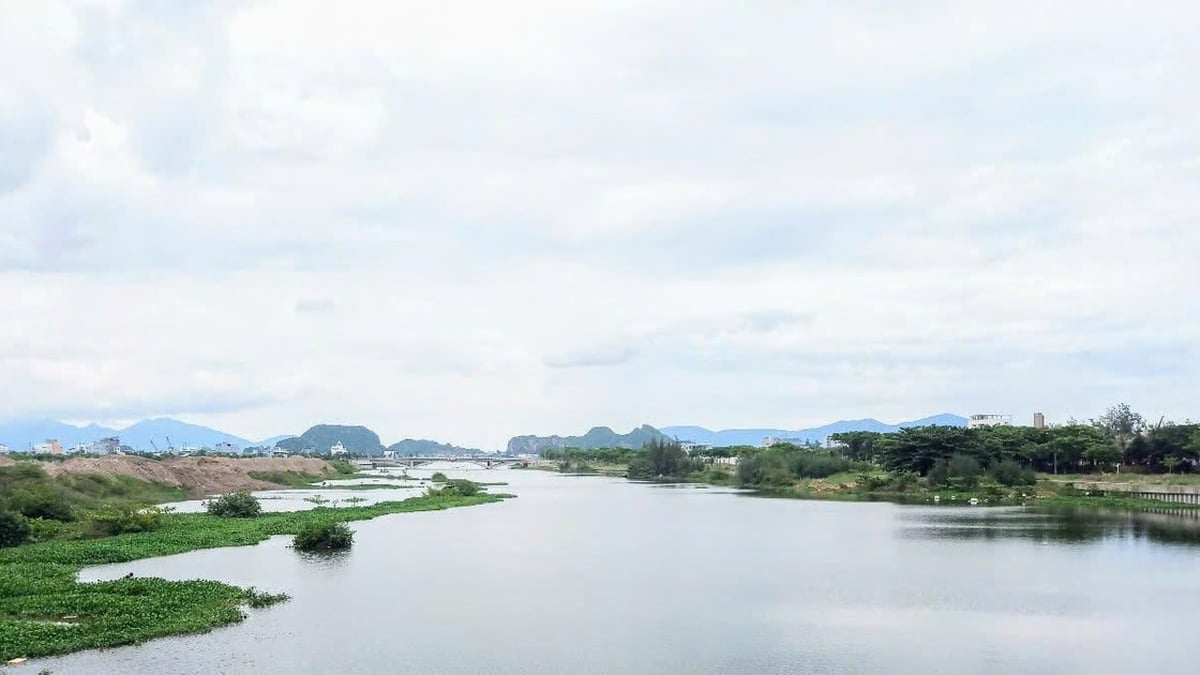
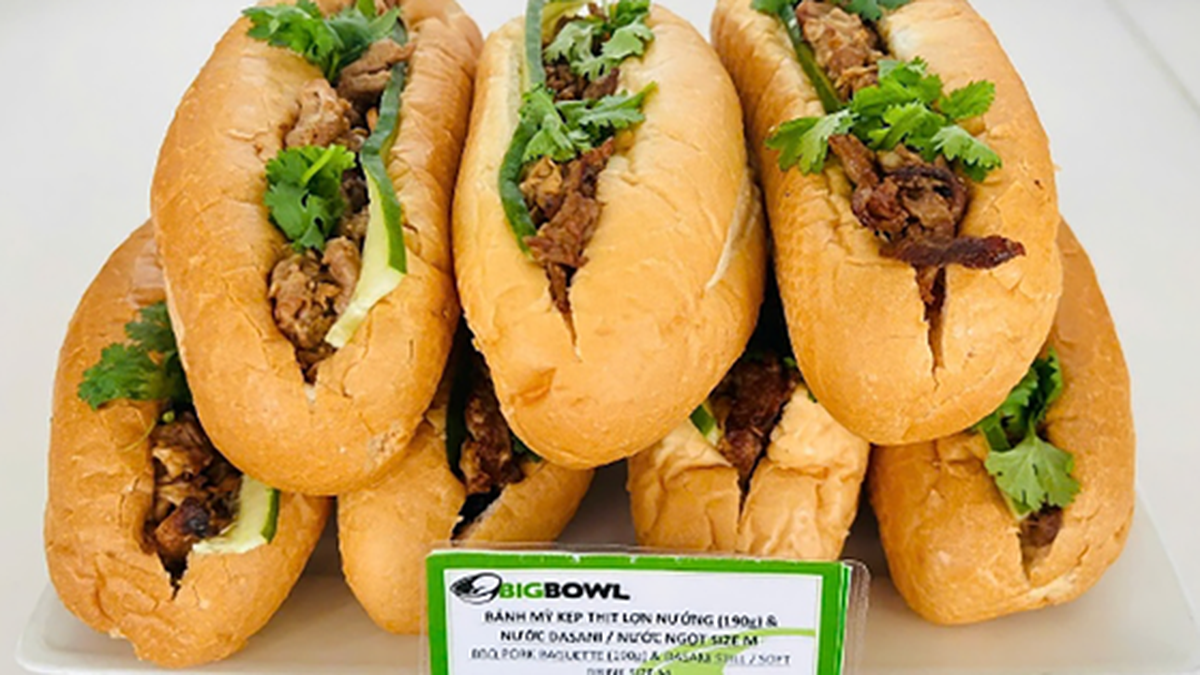
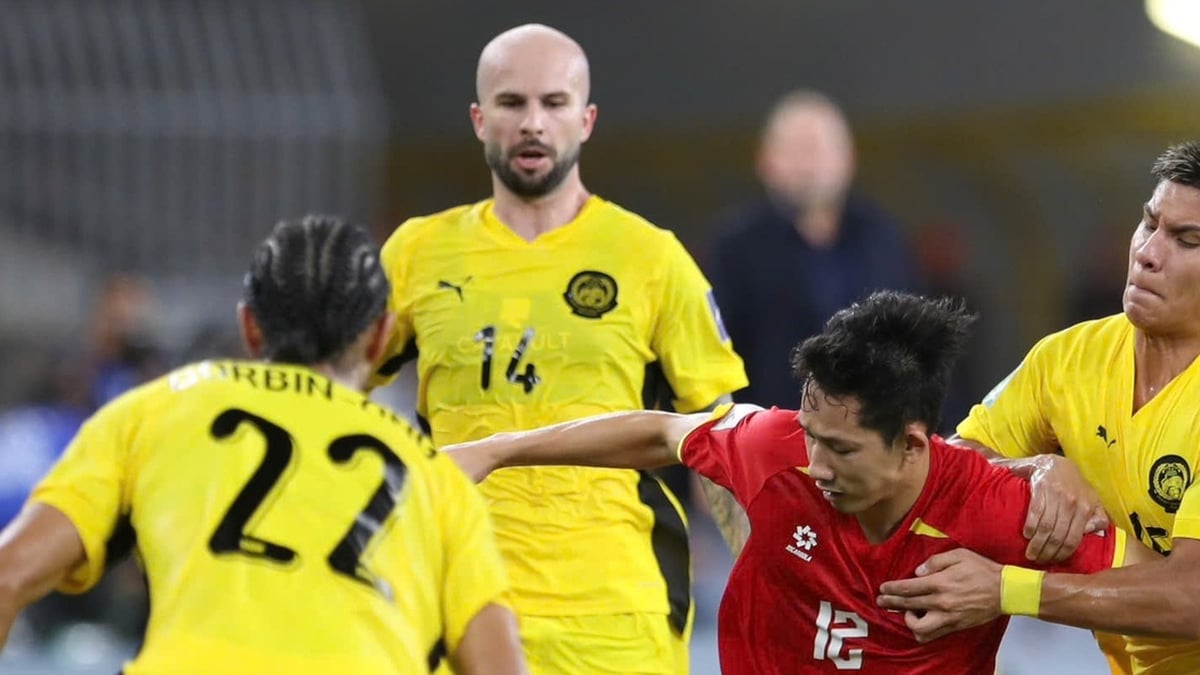

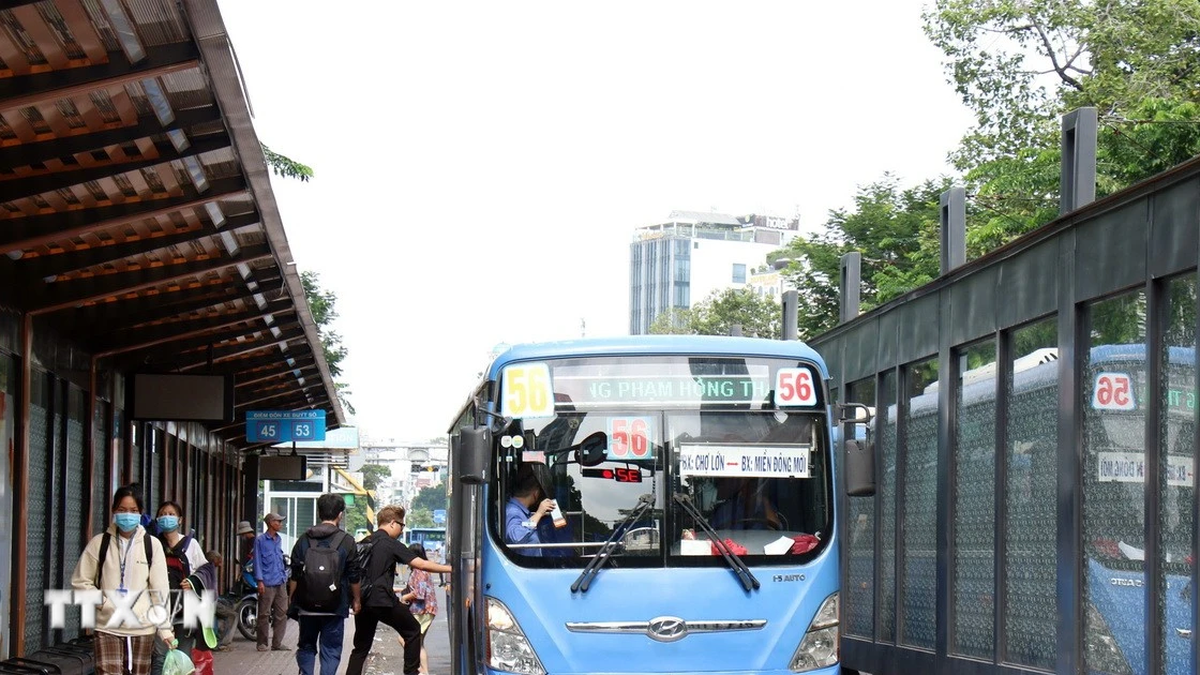
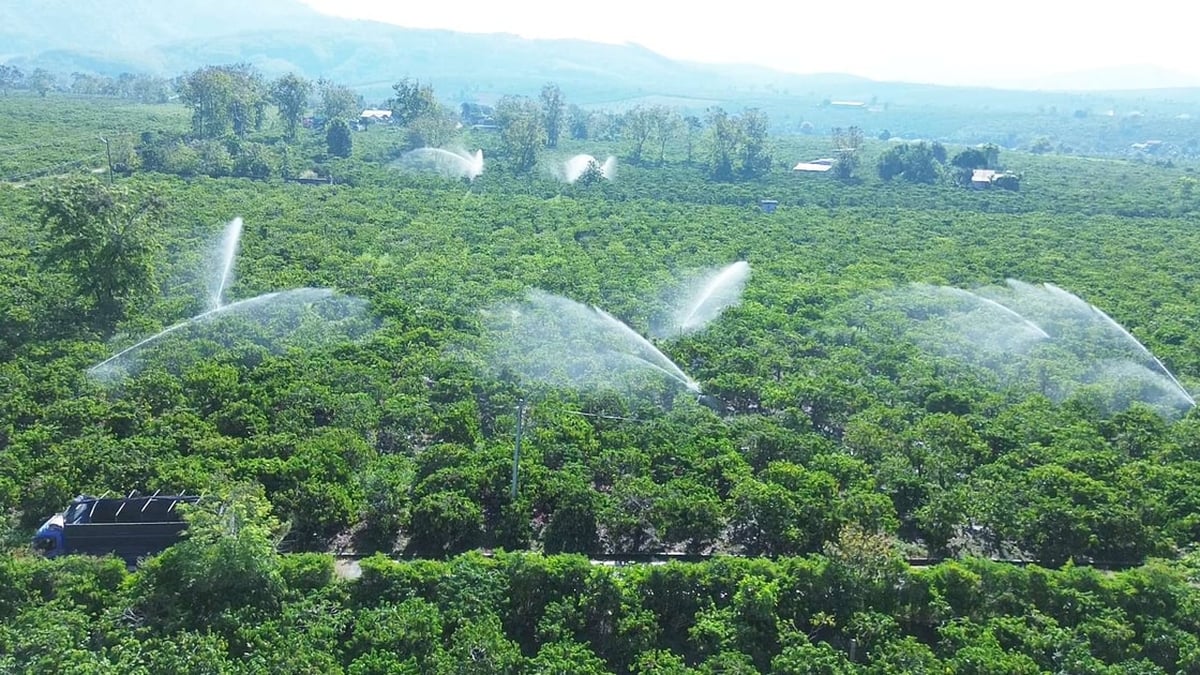










































![[Maritime News] More than 80% of global container shipping capacity is in the hands of MSC and major shipping alliances](https://vphoto.vietnam.vn/thumb/402x226/vietnam/resource/IMAGE/2025/7/16/6b4d586c984b4cbf8c5680352b9eaeb0)




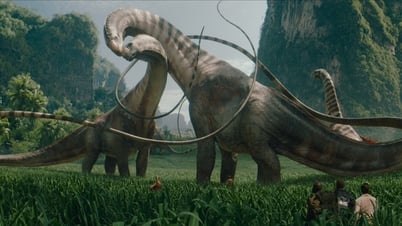

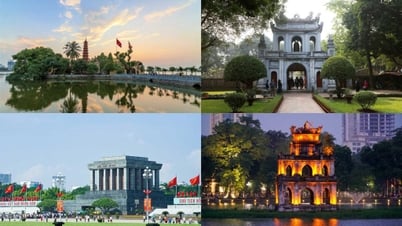

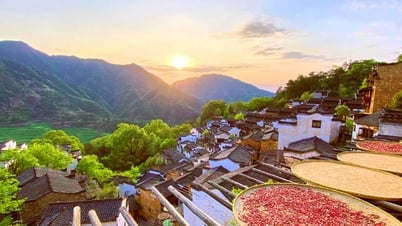
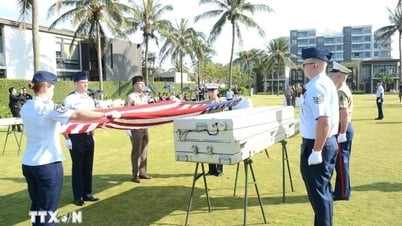


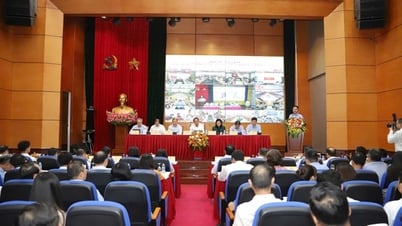

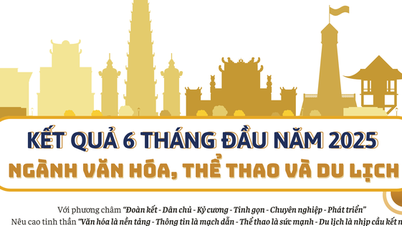

























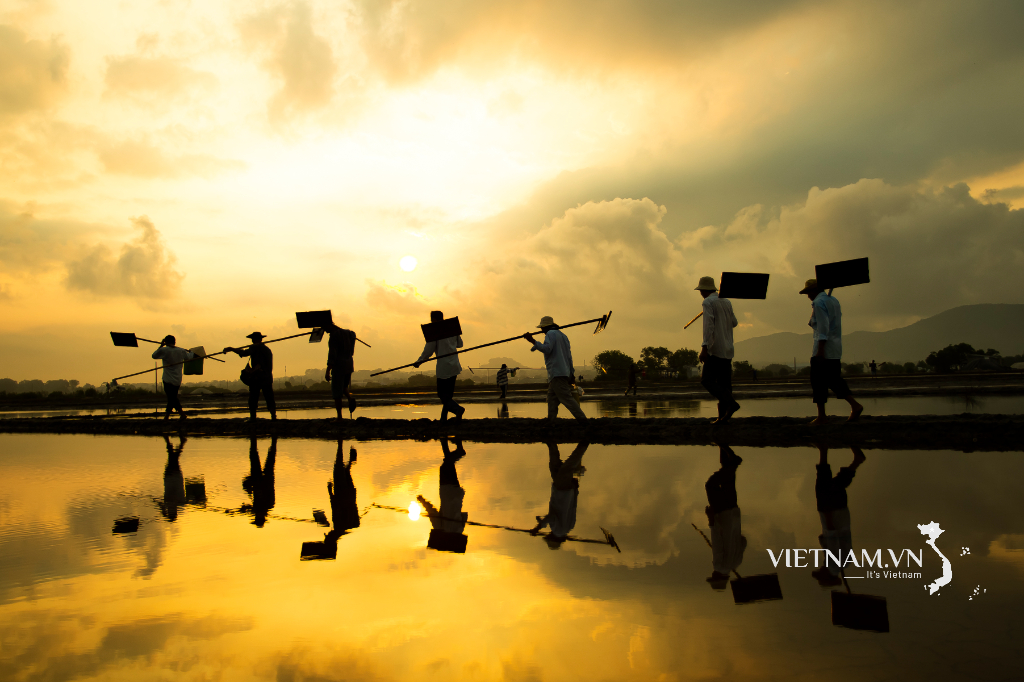


Comment (0)